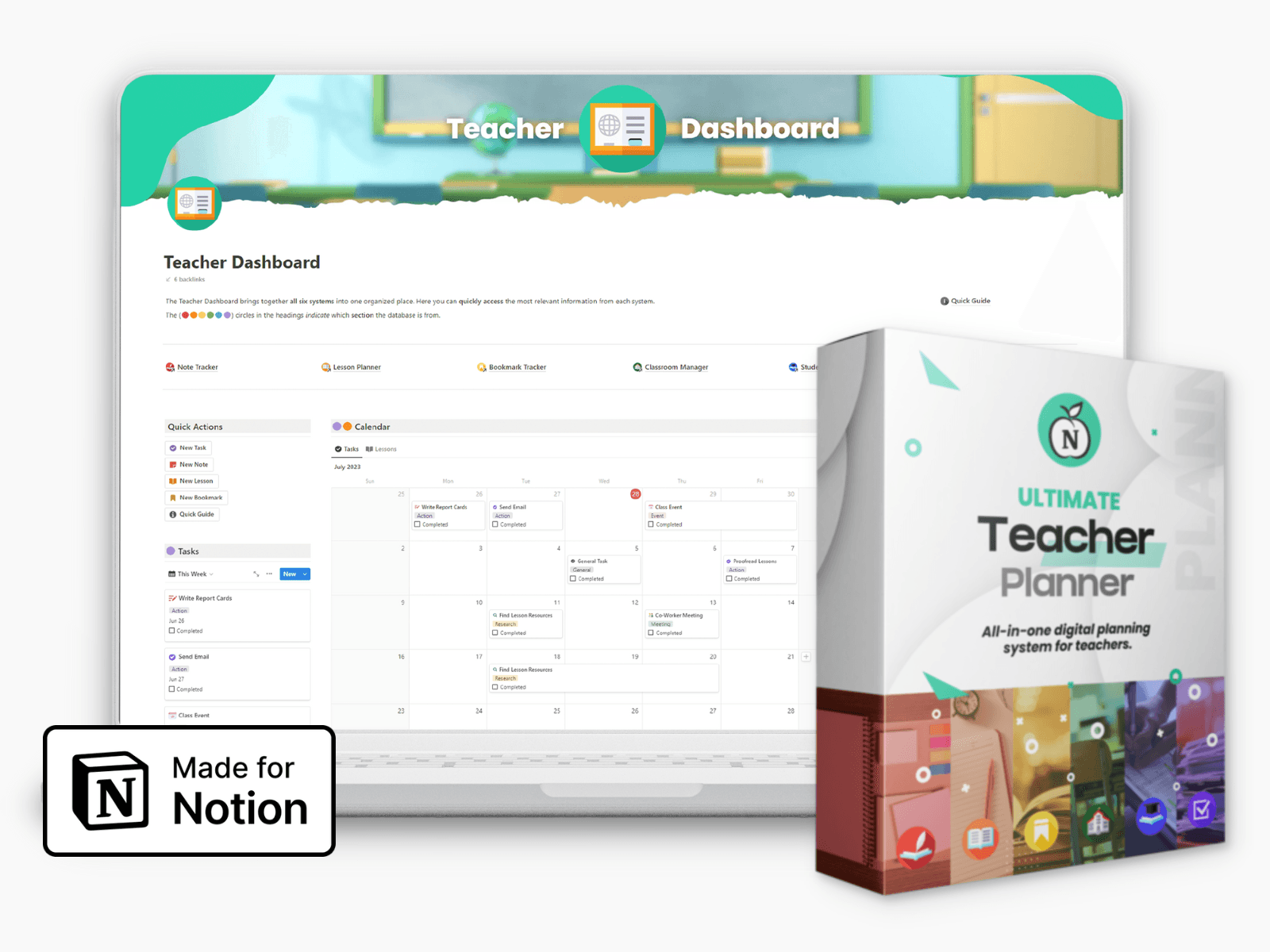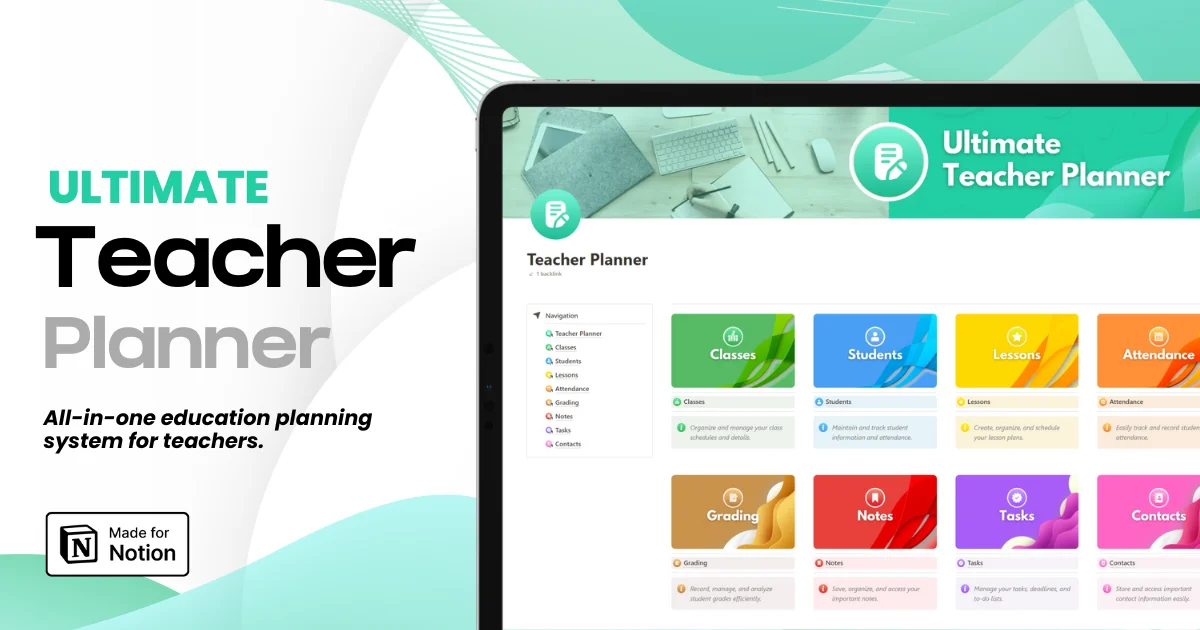

4 Common Mistakes to Avoid When Managing Teacher Records Online
4 Common Mistakes to Avoid When Managing Teacher Records Online
4 Common Mistakes to Avoid When Managing Teacher Records Online

Article by
Milo
ESL Content Coordinator & Educator
ESL Content Coordinator & Educator
All Posts
Managing teacher records online should make things easier, not harder. But it’s easy to overlook minor details that snowball into significant issues.
There are various mistakes that get made regularly, each one of which can cost time and cause compliance headaches down the road.
To avoid this, here are a few of the most common errors in managing teacher records digitally, and how to avoid them.
Managing teacher records online should make things easier, not harder. But it’s easy to overlook minor details that snowball into significant issues.
There are various mistakes that get made regularly, each one of which can cost time and cause compliance headaches down the road.
To avoid this, here are a few of the most common errors in managing teacher records digitally, and how to avoid them.
Ultimate Teacher Planner
The ultimate all-in-one education management system in Notion.
Learn More

Ultimate Teacher Planner
The ultimate all-in-one education management system in Notion.
Learn More

Ultimate Teacher Planner
The ultimate all-in-one education management system in Notion.
Learn More

Avoiding Gaps in Required Data Fields
Incomplete teacher records lead to unnecessary delays, miscommunication, and compliance issues. Missing details often stem from rushed input or unclear guidelines on required information.

To prevent this:
Create clear templates for record entry with labeled fields
Use online forms that flag incomplete sections automatically
Train staff on common data-entry oversights
Regular audits are crucial, too. These identify missing data before it becomes a larger problem. By checking files periodically, you can fix errors quickly without disrupting operations.
When setting up new systems or transitioning to digital tools, prioritize data validation features. This ensures no critical field is skipped accidentally during the process of migration or updating records.
Avoiding these gaps protects accuracy and reduces risks tied to regulatory requirements like employment verification standards or local education mandates. Little safeguards make all the difference in keeping things running smoothly.
Standardizing Formats Across All Record Types
Disorganized formats make it harder to retrieve and analyze teacher records. Inconsistent structures lead to confusion when sharing data or complying with audits.
To streamline formatting:
Set a single file structure for all record types
Use templates tailored to your institution’s needs
Regularly update older files into the standardized format
Adopting the right tech to minimize issues is also advisable. For instance, using FormPros employment letter tool lets you generate professional, consistent documents that align with set standards. This avoids mix-ups caused by mismatched styles or incomplete layouts.
Training staff on format requirements ensures everyone sticks to guidelines across departments. Automation tools can also help reformat bulk records efficiently without manual effort.
Standardization reduces errors, speeds up processes like onboarding or reviews, and keeps compliance straightforward during inspections or reporting obligations. It's a small step toward smoother management.
Ensuring Secure Access and Preventing Unauthorized Use
Teacher records often contain sensitive information that requires protection. Poor security measures increase the risk of data breaches, which can result in legal or financial consequences.
To strengthen access control:
Assign user roles with permissions based on necessity
Implement two-factor authentication for added security
Regularly update passwords and avoid sharing login credentials, and keep software up to date as well
Consider encrypting files to keep information secure, even if accessed without permission. Cloud-based storage platforms often include built-in encryption options as part of their services.
Perform periodic audits of access logs to identify unusual activity early. Limiting access to only essential personnel reduces exposure risks while maintaining accountability within your system.
Strong safeguards ensure confidentiality and compliance with privacy laws like FERPA or GDPR regulations governing educational institutions. Security is the cornerstone of responsible management practices that protect everyone involved.
Backing Up Records for Emergency Recovery Plans
Losing teacher records can happen due to technical failures, cyberattacks, or accidental deletions. Without backups in place, recovering this information is nearly impossible.
To protect against data loss:
Use cloud-based systems with automatic backup options
Schedule regular backups for all critical files
Store copies in multiple secure locations
Test recovery processes periodically to ensure that backed-up data is accessible and functional when needed. This prevents surprises during emergencies like system crashes or unexpected outages.
Disaster recovery plans should include step-by-step procedures for accessing and restoring records quickly. Staff training ensures everyone knows how to handle these situations efficiently, and should be combined with a broader focus on preserving online privacy and security.
Reliable backups save time and prevent major disruptions caused by missing information. They also provide peace of mind knowing your institution remains prepared, regardless of any challenges that may arise.
The Bottom Line
Managing teacher records online can be simple, so long as you go about it in a considered way and use the right tools.
Minor adjustments, like using standardized formats or securing data access, make a big difference in efficiency and reliability. They also protect sensitive information from preventable risks.
Start by reviewing your current practices and addressing gaps one step at a time. A proactive approach today saves you from costly errors down the road.
Avoiding Gaps in Required Data Fields
Incomplete teacher records lead to unnecessary delays, miscommunication, and compliance issues. Missing details often stem from rushed input or unclear guidelines on required information.

To prevent this:
Create clear templates for record entry with labeled fields
Use online forms that flag incomplete sections automatically
Train staff on common data-entry oversights
Regular audits are crucial, too. These identify missing data before it becomes a larger problem. By checking files periodically, you can fix errors quickly without disrupting operations.
When setting up new systems or transitioning to digital tools, prioritize data validation features. This ensures no critical field is skipped accidentally during the process of migration or updating records.
Avoiding these gaps protects accuracy and reduces risks tied to regulatory requirements like employment verification standards or local education mandates. Little safeguards make all the difference in keeping things running smoothly.
Standardizing Formats Across All Record Types
Disorganized formats make it harder to retrieve and analyze teacher records. Inconsistent structures lead to confusion when sharing data or complying with audits.
To streamline formatting:
Set a single file structure for all record types
Use templates tailored to your institution’s needs
Regularly update older files into the standardized format
Adopting the right tech to minimize issues is also advisable. For instance, using FormPros employment letter tool lets you generate professional, consistent documents that align with set standards. This avoids mix-ups caused by mismatched styles or incomplete layouts.
Training staff on format requirements ensures everyone sticks to guidelines across departments. Automation tools can also help reformat bulk records efficiently without manual effort.
Standardization reduces errors, speeds up processes like onboarding or reviews, and keeps compliance straightforward during inspections or reporting obligations. It's a small step toward smoother management.
Ensuring Secure Access and Preventing Unauthorized Use
Teacher records often contain sensitive information that requires protection. Poor security measures increase the risk of data breaches, which can result in legal or financial consequences.
To strengthen access control:
Assign user roles with permissions based on necessity
Implement two-factor authentication for added security
Regularly update passwords and avoid sharing login credentials, and keep software up to date as well
Consider encrypting files to keep information secure, even if accessed without permission. Cloud-based storage platforms often include built-in encryption options as part of their services.
Perform periodic audits of access logs to identify unusual activity early. Limiting access to only essential personnel reduces exposure risks while maintaining accountability within your system.
Strong safeguards ensure confidentiality and compliance with privacy laws like FERPA or GDPR regulations governing educational institutions. Security is the cornerstone of responsible management practices that protect everyone involved.
Backing Up Records for Emergency Recovery Plans
Losing teacher records can happen due to technical failures, cyberattacks, or accidental deletions. Without backups in place, recovering this information is nearly impossible.
To protect against data loss:
Use cloud-based systems with automatic backup options
Schedule regular backups for all critical files
Store copies in multiple secure locations
Test recovery processes periodically to ensure that backed-up data is accessible and functional when needed. This prevents surprises during emergencies like system crashes or unexpected outages.
Disaster recovery plans should include step-by-step procedures for accessing and restoring records quickly. Staff training ensures everyone knows how to handle these situations efficiently, and should be combined with a broader focus on preserving online privacy and security.
Reliable backups save time and prevent major disruptions caused by missing information. They also provide peace of mind knowing your institution remains prepared, regardless of any challenges that may arise.
The Bottom Line
Managing teacher records online can be simple, so long as you go about it in a considered way and use the right tools.
Minor adjustments, like using standardized formats or securing data access, make a big difference in efficiency and reliability. They also protect sensitive information from preventable risks.
Start by reviewing your current practices and addressing gaps one step at a time. A proactive approach today saves you from costly errors down the road.
Ultimate Teacher Planner
The ultimate all-in-one education management system in Notion.
Learn More

Ultimate Teacher Planner
The ultimate all-in-one education management system in Notion.
Learn More

Ultimate Teacher Planner
The ultimate all-in-one education management system in Notion.
Learn More

2025 Notion4Teachers. All Rights Reserved.
2025 Notion4Teachers. All Rights Reserved.
2025 Notion4Teachers. All Rights Reserved.
2025 Notion4Teachers. All Rights Reserved.








